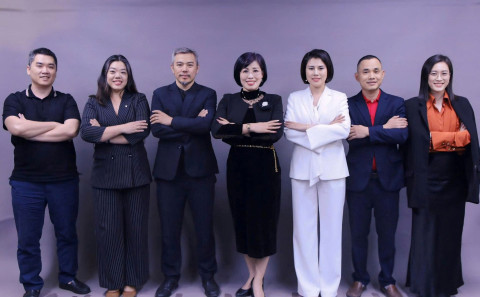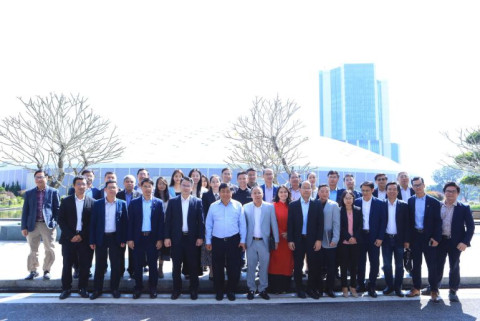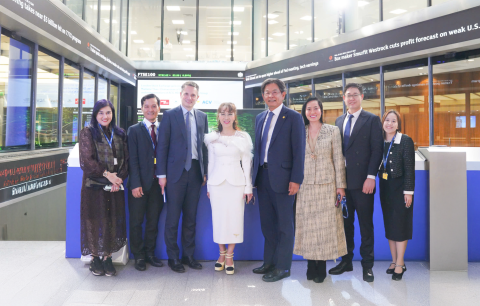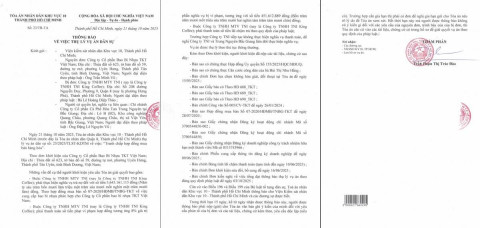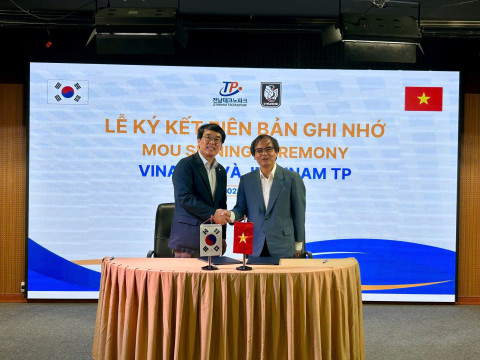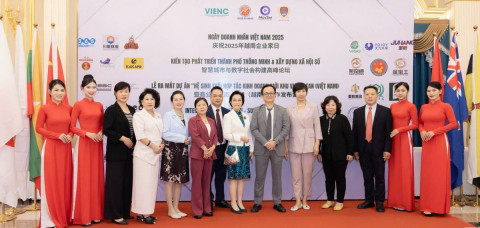VinFast: a strategic pivot amid the green industry storm?
- 52
- Business
- 17:31 16/08/2025
DNHN - As the global auto industry accelerates its transition to electric mobility, VinFast faces its toughest test yet: soaring financial pressure, heated debates on phasing out combustion engines, and mounting global competition.
History has shown that even industry titans like Apple, Tesla, Toyota, and General Motors have endured existential crises before emerging as global icons. VinFast, likewise, now holds a historic opportunity: to position itself as the “Tesla of Vietnam” and cement its place on the global map of green industry.
The eye of the storm and lessons from global giants
Business history is filled with storms that nearly sank leading corporations: Apple teetered on the brink of bankruptcy in the late 1990s; Tesla bled losses between 2008–2012, kept afloat only by Elon Musk’s personal loans; Toyota weathered a recall crisis of millions of vehicles in 2009; and General Motors collapsed into bankruptcy that same year before being bailed out by the U.S. government.
These companies not only survived but rose stronger, reshaping the future of their industries. For VinFast, today’s turbulence is more than a test of survival; it is a crucible of vision and resilience that will determine whether Vietnam’s EV champion can lead the next chapter of the green industrial era.
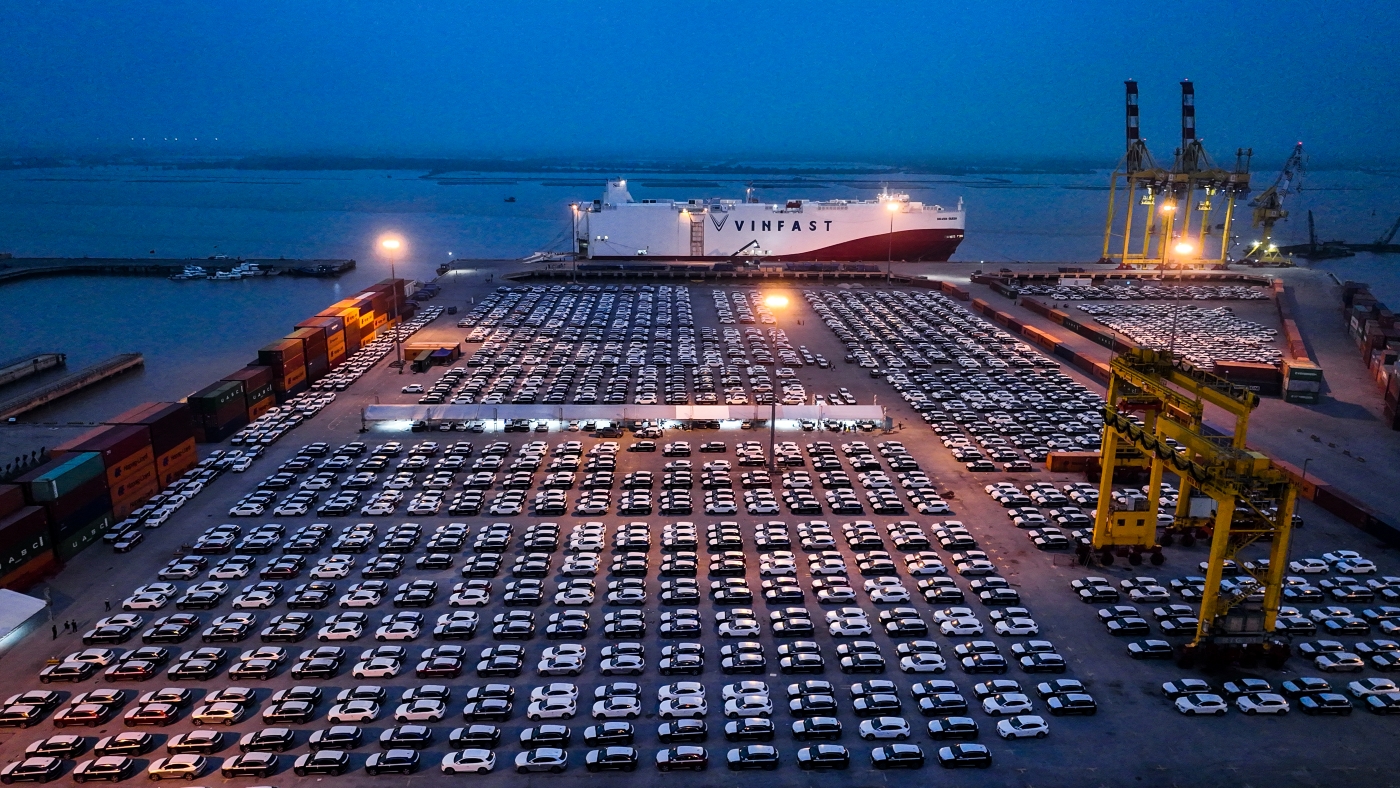
VinFast — Vietnam’s global electric dream
In just a few years, VinFast has left bold imprints on the international stage: a debut at the Paris Motor Show with the message “Vietnam is ready to compete globally”; a Nasdaq listing in the U.S., signaling financial transparency and global ambition; and recognition in Time magazine’s “100 Most Influential Companies” under the “Innovators” category.
Yet behind the spotlight lies a daunting reality: massive investments in factories, charging infrastructure, EV R&D, and ecosystem development decisions that demand long-term vision and a willingness to sacrifice near-term profitability. VinFast’s story is one of calculated risk, national pride, and relentless determination to prove itself in one of the world’s most unforgiving markets.
Bracing for global headwinds
According to Vingroup’s consolidated financial reports, domestic revenues still dominate, underscoring VinFast’s solid foundation at home. But sustaining long-term growth requires international expansion. Founder Phạm Nhật Vượng has pledged over $1 billion in personal capital to VinFast, a testament to his conviction in what he calls the “indomitable Vietnamese spirit.” Flagship projects such as factories in India, expansion into Indonesia, and a logistics port in Hải Phòng reflect the company’s ambition to break free of local confines and prove that Vietnam is “not small” on the global stage.
VinFast’s approach is distinct: channeling borrowed capital into tangible production assets, rather than speculative financial maneuvers. Lessons from Tesla in the U.S. and BYD in China highlight that consistent government policy spanning tax incentives, credit access, infrastructure, and consumer subsidies often spells the difference between failure and leadership.
From policy to public trust
Why, despite criticism and pressure from foreign rivals, does VinFast still command strong backing? The answer lies in Vietnam’s national priorities. The government has identified EVs as a strategic industry not only for green growth but also for building advanced supply chains, creating tens of thousands of jobs, and elevating Vietnam’s global profile.
In this sense, VinFast represents more than a private company. It is the face of a nation striving to enter the era of clean industry, a symbol of Vietnamese resilience and ambition in a global green economy.
Smart capital strategy and a signal to investors
By pivoting toward Asia, the fastest-growing EV market in the world, VinFast seeks to optimize costs, capture demand with appropriate price points, and expand charging infrastructure where adoption is most viable. This regional focus ensures global presence while reducing the cost burden of competing head-on in saturated Western markets.
Short-term profitability remains elusive. Yet, analysts note that within three to five years, the Asian focus could significantly improve margins once market maturity and infrastructure catch up.
For investors, VinFast should be seen as part of the broader Vingroup ecosystem, balanced by mature sectors like real estate (Vinhomes), retail (Vincom Retail), and hospitality (Vinpearl). This diversified approach cushions risks while allowing exposure to VinFast’s long-term EV potential.
As investment lessons from Tesla, BYD, and Toyota reveal, early-stage bets in nascent industries often deliver outsized returns for patient capital. VinFast’s challenge is not only operational, it is also about shaping investor psychology and educating the market during this critical transition.
The counteroffensive: a matter of survival
Foreign rivals are rewriting the rules with strong brands, vast dealer networks, and aggressive sales policies. For VinFast, the only viable path is a swift and strategic counteroffensive across four key fronts:
- Product Repositioning – Accelerate in affordable EVs and mini EVs, leveraging a charging network across 34 provinces.
- Customer-Centric Quality – Prioritize seamless performance, transparent service, and reliable aftersales over heavy marketing spend.
- Flexible Battery Policy – Offer customers choices: outright purchase, lease, or installment plans, alongside take-back and recycling commitments.
- National Identity Advantage – Harness “Made in Vietnam” pride and government support as a soft-power edge that global rivals cannot easily replicate.
VinFast and the path through the storm
VinFast’s ultimate ambition is not merely to build cars but to establish Vietnam as a leader in the global green transition. That mission requires agility, relentless innovation, and a focus on customer trust.
As one industry expert put it:
“To reach safe harbor, VinFast must live the customer experience worldwide, invest tirelessly in differentiated EV services, and adapt quickly or risk being swept aside in the greatest industrial shakeout of our time.”
A senior policymaker echoed: “Every street cleared of gasoline fumes is a promise for a greener, healthier, and happier Vietnam.”
The defining question is no longer whether VinFast can weather the storm, but rather: How will the state, business, and society rally together to turn VinFast into a global success story and a lasting source of national pride in this new era of the green industrial revolution?
Dr. Nguyễn Thúy Lan
Related news
- Connecting Leaders, Shaping the Future: Strategic Leadership Planning Meeting – CorporateConnections Hanoi A
- Sunlight - Unilever Vietnam Recognized for Outstanding Contributions to the National Initiative Supporting Women Entrepreneurs
- Deputy Prime Minister Nguyễn Chí Dũng: “The country’s major challenges weigh heavily on my mind — and we must resolve them together.
- Unitsky String Technologies signs cooperation agreements with three Vietnamese partners, opening a new direction for smart mobility and sustainable development
- When artists do business – livelihood is no poetry!
- Before the D‑day to abolish flat‑rate tax: Fear of technology and costs leave small traders struggling to adapt
- Vietnamese enterprises at a crossroads: the impact of a potential US–China deal
- "Digital technicians" must not be forgotten if Vietnam aims to meet its strategic goals
- HDBank: Impressive profit growth, leading in profitability and advancing international integration
- TNI King Coffee sued for over VND 5 Billion in unpaid debts
- VINASME and Jeonnam Technopark Sign MOU on technology cooperation, human resource training, and trade promotion
- Vietnamese entrepreneurs strengthen ASEAN connectivity in the digital iIntegration era
- Prime Minister: Vietnam aims to become a regional logistics hub
- Vietnam upgraded to Secondary Emerging Market by FTSE Russell
- Hanoi’s economy grows 7.92% in first nine months of 2025, FDI surges nearly threefold
- Vietnam’s strong gdp growth fails to ease labor market distress
- US tariffs on Brazil propel Vietnam’s pangasius into global spotlight
- VietLeap AI Accelerator launches: A strategic springboard for Vietnam’s AI startups
- CICON expands strategic alliances: A new step forward in Vietnam–Korea business connectivity
- What must Vietnamese enterprises do to maintain their position in the global supply chain?
Đọc thêm Business
Connecting Leaders, Shaping the Future: Strategic Leadership Planning Meeting – CorporateConnections Hanoi A
"Your network is your most powerful flowing asset. It generates value, multiplies opportunities, and accelerates your influence across borders."
Innovative ESG enterprise: Trạm Xe Việt startup proposes solutions to build a green mobility ecosystem
As Vietnam commits to achieving Net Zero by 2050 and tightens emissions standards, the transportation sector faces unprecedented pressure to transform.
Deputy Prime Minister Nguyễn Chí Dũng: “The country’s major challenges weigh heavily on my mind — and we must resolve them together.
On the morning of November 26, 2025, Deputy Prime Minister Nguyễn Chí Dũng chaired a high-level working session at the National Innovation Center (NIC) in Hòa Lạc.
Unitsky String Technologies signs cooperation agreements with three Vietnamese partners, opening a new direction for smart mobility and sustainable development
The signing ceremony took place in Minsk, Belarus, on November 28, 2025.
Before the D‑day to abolish flat‑rate tax: Fear of technology and costs leave small traders struggling to adapt
From 1 January 2026 the flat‑rate tax regime will be abolished. Small business households will be required to declare tax based on actual revenue. MISA supports the transition with technology to help micro‑merchants adapt smoothly and transparently.
Vietnamese enterprises at a crossroads: the impact of a potential US–China deal
As the world closely monitors every shift in US-China relations, emerging signals of a strategic agreement between the two global powers are raising hopes for global economic stability.
HDBank: Impressive profit growth, leading in profitability and advancing international integration
Ho Chi Minh City Development Joint Stock Commercial Bank (HDBank, stock code HDB) announced its consolidated profit before tax for the first 9 months of 2025 reached VND 14,803 billion, marking a 17% increase year-on-year (YoY).
TNI King Coffee sued for over VND 5 Billion in unpaid debts
On October 21, 2025, the People’s Court of District 10 in Ho Chi Minh City officially accepted a civil lawsuit concerning a commercial contract dispute between TKT Vietnam Plastic Packaging Joint Stock Company and TNI King Coffee Co., Ltd.
VINASME and Jeonnam Technopark Sign MOU on technology cooperation, human resource training, and trade promotion
On October 15, 2025, in Hanoi, VINASME and Jeonnam Technopark (Korea) signed an MOU to promote trade, advance technology transfer, and develop human resources between enterprises of both nations.
Vietnamese entrepreneurs strengthen ASEAN connectivity in the digital iIntegration era
On the occasion of Vietnam Entrepreneurs’ Day (October 13), an international event themed “Integration – Innovation – Sustainable Development” was solemnly held in Ho Chi Minh City.


